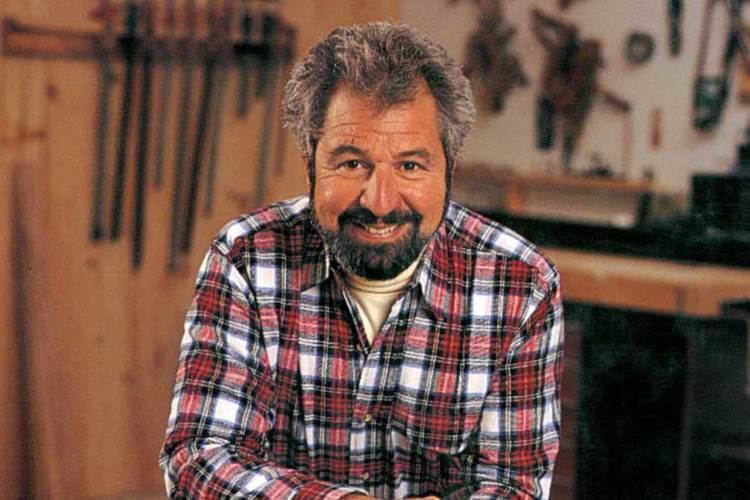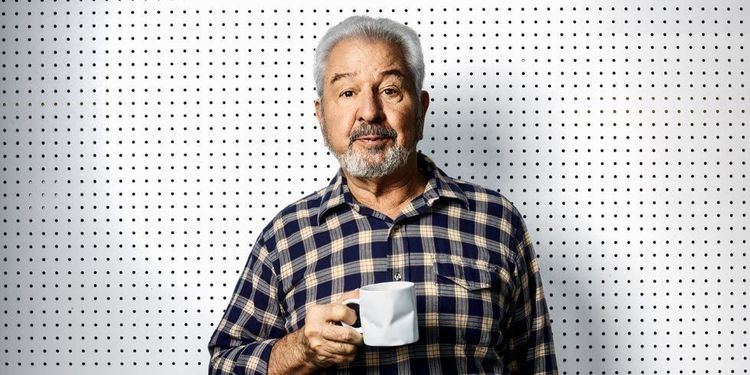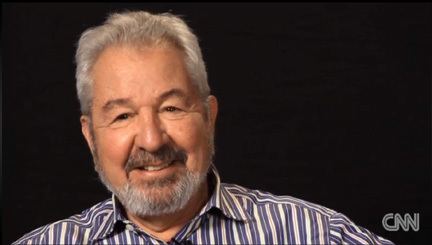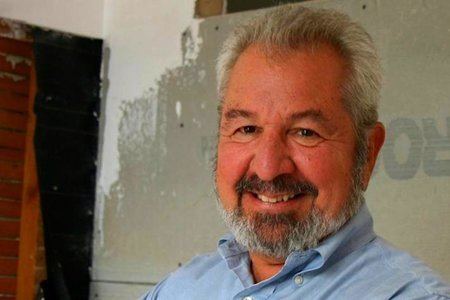Website bobvila.com Spouse Diana Barrett (m. 1975) | Role Television host Name Bob Vila | |
 | ||
Full Name Robert Joseph Vila Children Monica Vila, Susannah Vila, Christopher Vila Nominations Daytime Emmy Award for Outstanding Talk Show Host TV shows This Old House, Home Again with Bob Vila, Restore America, Right This Minute Similar People Steve Thomas, Norm Abram, Russell Morash, Roger Cook Profiles | ||
Bob vila
Robert Joseph Vila (born June 20, 1946) is an American home improvement television show host known for This Old House (1979–1989), Bob Vila's Home Again (1990–2005), and Bob Vila (2005–2007).
Contents
- Bob vila
- Home123com ad wBob Vila 2000
- Early life
- Career
- Other productions
- Historic Homes of America
- In Search of Palladio
- Restore America
- References

Home123.com ad w/Bob Vila, 2000
Early life

Vila, a Cuban-American, is a native of Miami, Florida. When Vila was a child, his father built the family home by hand. Vila graduated from Miami Jackson High School (1962) and studied journalism at the University of Florida. After graduating, he served as a volunteer in the Peace Corps, working in Panama from 1971 to 1973.
Career

Vila was hired as the host of This Old House in 1979 after receiving the "Heritage House of 1978" award by Better Homes and Gardens, for his restoration of a Victorian Italianate house in Newton, Massachusetts. On This Old House, Vila appeared with carpenter Norm Abram as they, and others, renovated houses. In 1989 he left the show following a disagreement arising from his involvement with outside commercial endorsements for New Jersey-based Rickel, and the subsequent retaliatory pulling of underwriting from Rickel's competitor Home Depot and lumber supplier Weyerhaeuser. He was replaced by Steve Thomas.

After leaving This Old House, Vila became a commercial spokesman for Sears, and beginning in 1990 he hosted Bob Vila's Home Again, (known from 2005 on as Bob Vila), a weekly syndicated home-improvement program. His series ran for 16 seasons in syndication before it was canceled by distributor CBS Television Distribution due to declining ratings; the series remains in reruns.
From 1989, Bob Vila appeared in Sears commercials to promote the Craftsman tools brand. The partnership broke down in 2006, after a dispute between him and the company.
Vila also appeared on various episodes of the situation comedy Home Improvement as himself on "Tool Time", the fictional show within the sitcom, where main character and cable TV host Tim Taylor (played by Tim Allen) saw him as a rival and made futile attempts to outdo Vila. Vila also made a cameo in the 1993 comedy spoof Hot Shots! Part Deux.
Vila has written 10 books, including a five-book series titled Bob Vila's Guide to Historic Homes of America.
As of 2006, Bob Vila still appears regularly on television. He can also be seen on the Home Shopping Network, selling a range of tools under his own name brand that he founded in 2016.
Other productions
Bob Vila's less widely known productions include Guide to Historic Homes of America (1996), In Search of Palladio, (1996) for A&E, and Restore America for HGTV.
Historic Homes of America
Guide to Historic Homes of America (1996) included two-hour segments on each of four major regions of the United States: the Northeast, including New England and the Mid-Atlantic States, the South, the Midwest and the West.
In Search of Palladio
In Search of Palladio (1996) is a three-part, six-hour study of the work and lasting influence of the 16th-century architect Andrea Palladio. Palladio designed various types of buildings, but the series concentrates on his domestic architecture. (See also: Palladian Villas of the Veneto).
Restore America
Restore America consists of 50 one-hour segments which explore historic preservation and building restoration in each of the fifty U.S. states. Anticipating the turn of the 3rd millennium, it was first broadcast on HGTV between July 4, 1999 and July 4, 2000.
